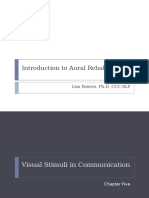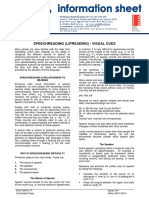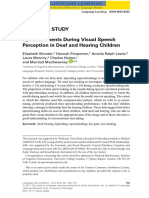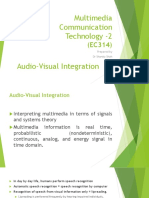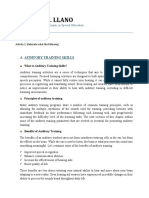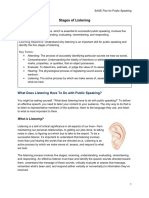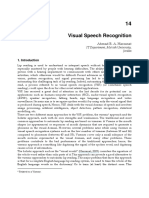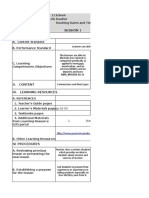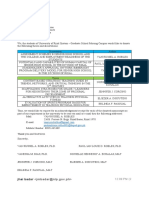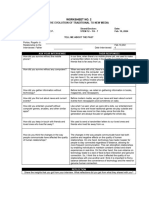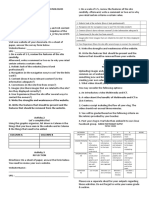0% found this document useful (0 votes)
161 views6 pagesLip Reader Vs Speech Reader
The document compares lip reading and speech reading, highlighting that lip readers rely solely on visual cues from the talker's face, while speech readers integrate both auditory and visual signals. It discusses various factors affecting both processes, such as visibility of sounds and speech rapidity, and notes that individuals with congenital hearing loss tend to lip read better than those with normal hearing. Additionally, it emphasizes that those with high-frequency hearing loss benefit more from visual cues in speech reading.
Uploaded by
bnithikutty2004Copyright
© © All Rights Reserved
We take content rights seriously. If you suspect this is your content, claim it here.
Available Formats
Download as PDF, TXT or read online on Scribd
0% found this document useful (0 votes)
161 views6 pagesLip Reader Vs Speech Reader
The document compares lip reading and speech reading, highlighting that lip readers rely solely on visual cues from the talker's face, while speech readers integrate both auditory and visual signals. It discusses various factors affecting both processes, such as visibility of sounds and speech rapidity, and notes that individuals with congenital hearing loss tend to lip read better than those with normal hearing. Additionally, it emphasizes that those with high-frequency hearing loss benefit more from visual cues in speech reading.
Uploaded by
bnithikutty2004Copyright
© © All Rights Reserved
We take content rights seriously. If you suspect this is your content, claim it here.
Available Formats
Download as PDF, TXT or read online on Scribd
/ 6
